Here's Why Clair Obscur: Expedition 33 Has the Secret Sauce
Looking beyond the sum of its parts
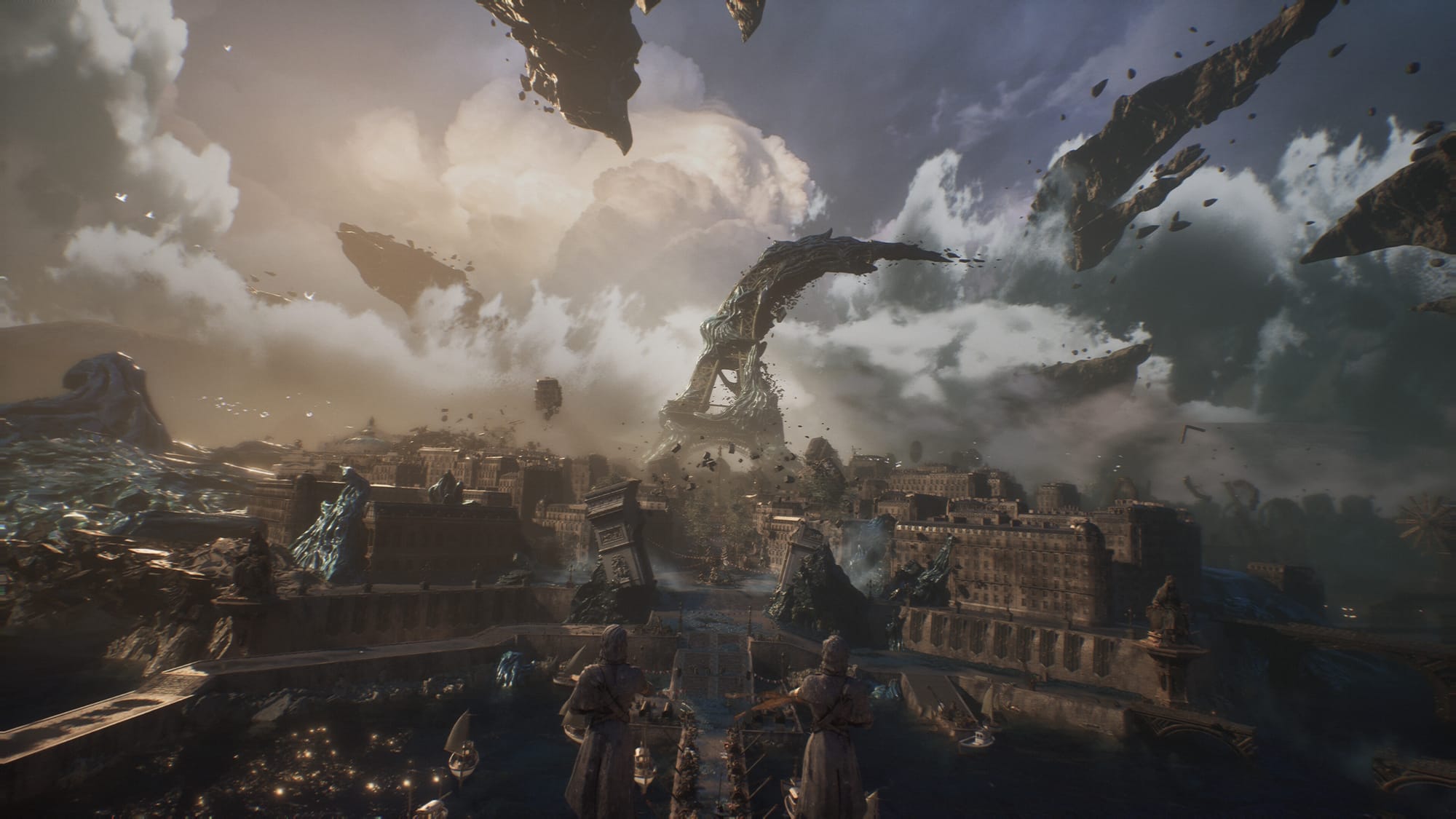
To call it greater than the sum of its parts is, well, not just trite and boring, but also inaccurate somehow.
Clair Obscur: Expedition 33 is a very good game. A Game of the Year contender, surely. An all-timer, even.
But great games are released with some frequency. This year has been a treasure trove already, featuring the likes of Blue Prince, Mario Kart: World, Monster Hunter: Wilds, Split Fiction, and Kingdom Come: Deliverance II, to name but a few.
Yet, Clair Obscur: Expedition 33 feels different — stronger and more well-liked than most. If there’s a Game of the Year frontrunner at the time of writing, it’s certainly this one. So, what is it about the game (which I will now refer to as just Clair Obscur) that has players reacting with such fanaticism?
Yes, its gameplay is fun and satisfying. Its story is impactful and emotional. Its characters are well-realized and expertly crafted. Its worldbuilding and lore are fantastical and interesting. All the above and more are done with expertise, confidence and excellence.
Yet I’d still argue that there are a handful of games released each year of which you could say something similar. Why does this one feel different?
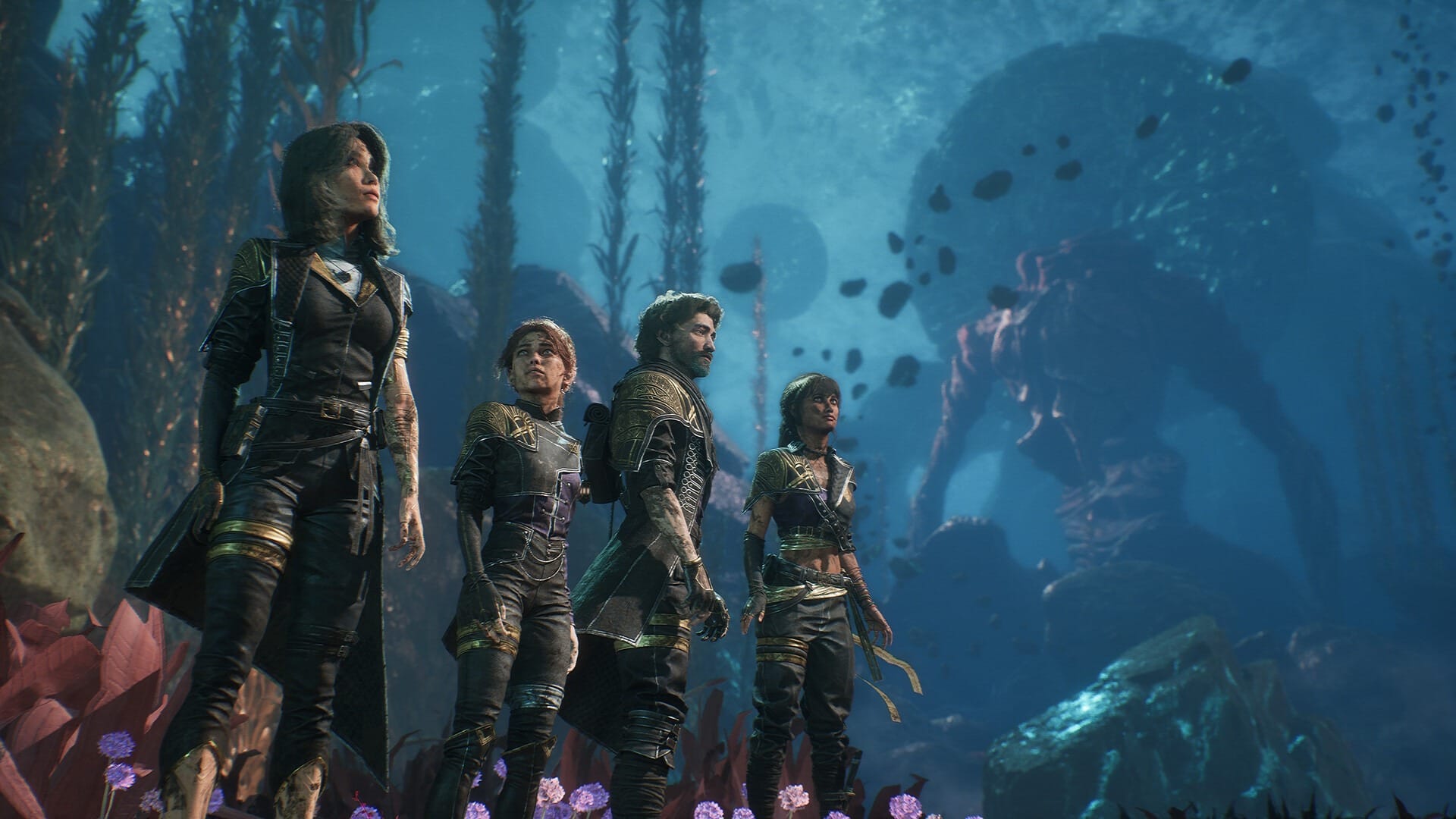
When discussing the 2025 masterpiece from Sandfall Interactive, many will cite all of what I’ve listed above as what makes it feel special. But that’s only because they can’t put their finger on what’s actually so special about it — they can only feel it.
Clair Obscur’s secret sauce is baked deeper — deeper, I say — into every facet of its being than you’ve even realized.
Clair Obscur’s secret sauce is that it is cohesive.
And so, let's peel back the layers so you can see what you’ve been feeling since you first stepped into Lumiere.
Clair Obscur is cohesive in a way that few other games manage.
It is cohesive in a way that makes cohesive feel like an understatement. Every inch of its visuals, audio, gameplay, mechanics, themes and narrative are in synchronized lockstep from hour 1 to hour 100. The game feels less like a multidimensional wonder of programming and playtesting and more like a living organism of which every cell in its being is centered on one, overarching purpose.
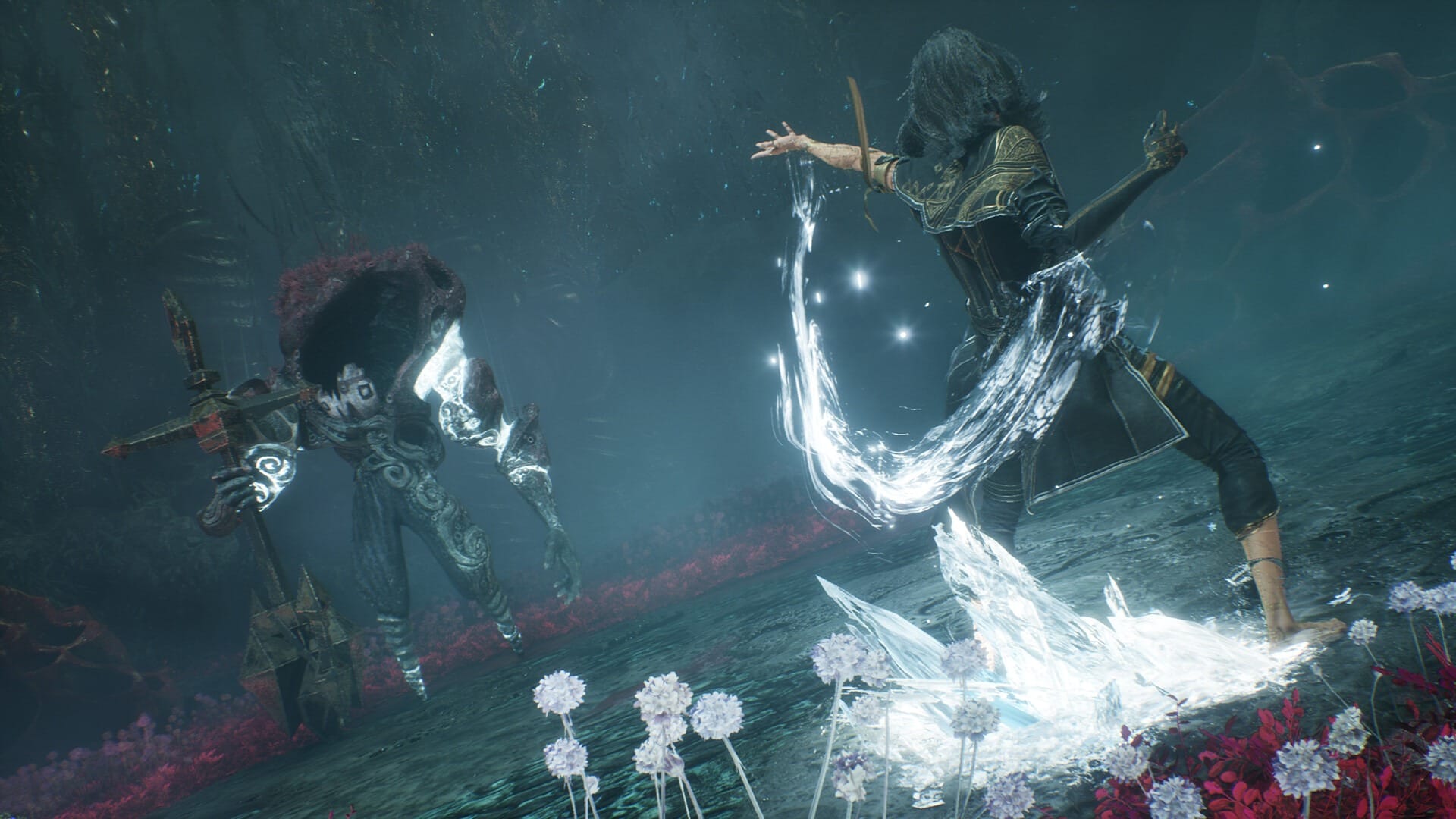
Players don’t notice it because it is so natural. It happens so effortlessly, unfolds so realistically. But these descriptors — natural, effortless, realistic — are not building blocks set in place by genius game developers; they are intrinsic consequences tied to the game’s cohesive nature.
The purpose that Clair Obscur’s cohesion serves is what so many will take away as their favorite and most important memory — its story.
Clair Obscur flexes its structuring by ensuring that every aspect serves the larger narrative: the story of the Dessendre family’s grief. If you’re paying attention, you can find the Dessendre’s story, their weaknesses, their affinities, and more in the most surprising of places.
Clair Obscur Paints a Pretty Portrait
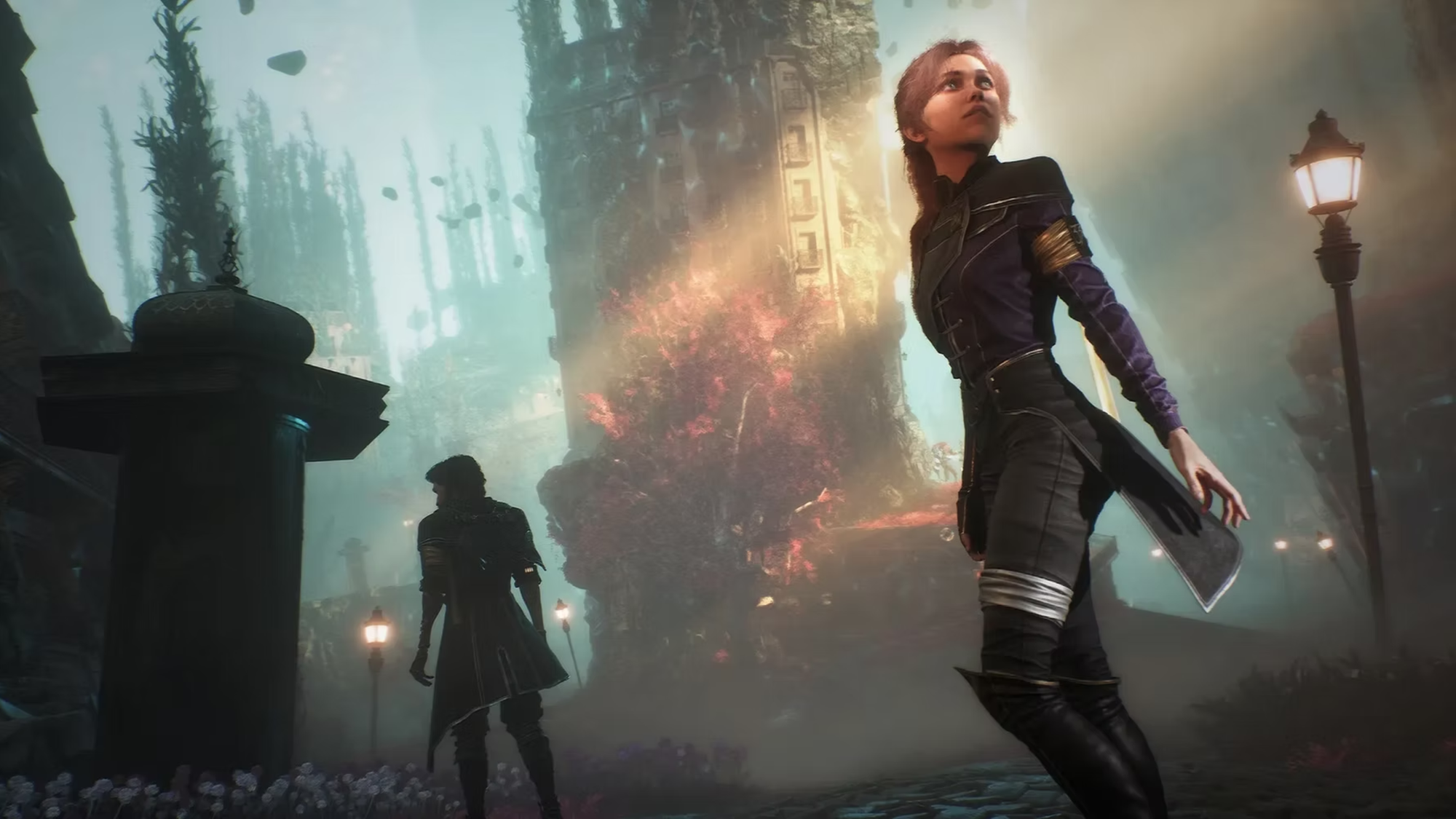
Clair Obscur doesn’t really hide anything in its story from you. It just doesn’t tell you what to look for.
Every one of its locales is gorgeous , a blended concoction of the most imaginary and vivid colors, scenarios, and atmospheres. They run the gamut from dense, quasi-submerged coral forests and floating city rubble, to scattered, illuminated Victorian streets.
Visually, the clarity slider is turned up to the maximum, creating a surreal, art-nouveau-styled fantasy, akin to something you might see in a painting... because you are in a painting, after all.
No wonder Lune stands at the ready in combat with a weapon so eerily similar to a painter’s palette at her side. In fact, she’s actually at her most powerful when she places colored ̶s̶t̶a̶i̶n̶s̶ drops of ink onto her palette and then blends their colors in one, glorious attack.
It was there all along, you see. Sewn into the fabrics of the very environments you were existing in, walking upon, and exploring – but it is also in the tools you used to fight in them.
Clair Obscur doesn’t really hide anything in its story from you. It just doesn’t tell you what to look for.
Astute observers of the many hidden Manor rooms might note that each child of the Dessendre family has a creative tool in their room ; Verso’s room features a piano, Clea’s holds her sculptures and figurines, while Maelle’s is home to a solitary typewriter surrounded by shelves upon shelves of books.
When the reveal of the external Writers vs Painters conflict arrives, players can connect the dots — Maelle was a ripe target for the Writers to bamboozle because of her affinity for reading and writing.
But what if I told you that you could’ve figured that out well before arriving at her hidden Manor room?
Have you ever paid attention to Maelle’s Stendhal skill? Did you give it a Google search?

The name Stendhal stems from the pen name of a 17th century literary writer, Marie-Henri Beyle. This, of course, alludes to us of Maelle's association with reading and writing, but we can also choose to go as deep with it as we want.
Stendhal’s works often centered around realism, which is how we can describe Renoir’s and Clea’s attitudes towards the canvas; they are attempting to steer their family towards embracing reality, not dwelling in fantasy.
Furthermore, Stendhal’s most famous pair of novels — The Red and the Black — feature a protagonist whose passions betray him. Not unlike Maelle’s seem to betray her. Note also that Clair Obscur uses the color red to ascertain life, while black is most often found associated with the Void, or death.
Indeed, it is not just Maelle’s writing affinity that is quietly revealed to us via her skill tree and battle mechanics, but also the pains of her past.
Aside from the lightning damage caused by the Gustav’s Homage skill, the only elemental damage that Maelle can do with her abilities is fire damage. Many of them cause burns on the enemy. Many of them are enhanced when attacking a burnt foe ; take Swift Stride, for example, whose after-usage effect switches Maelle to her most powerful Virtuose Stance only upon colliding with a burned enemy. It’s one of the few ways you can actually enter Virtuose stance — via a burn.
And it doesn’t end with Maelle.
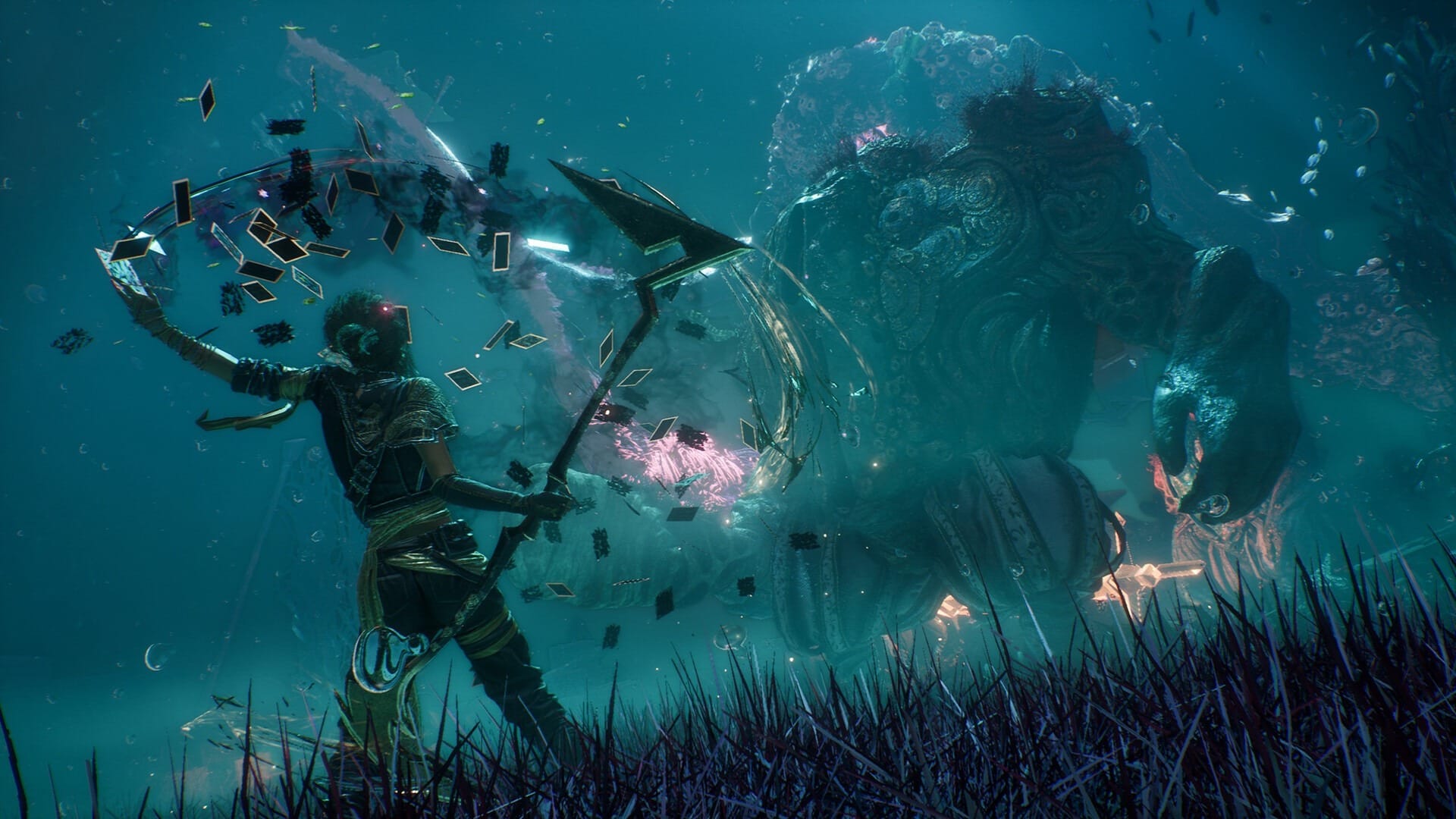
Sciel makes use of skills with “harvest” in their name and fights with a scythe. For the majority of the game, we shrug our shoulders and tell ourselves it’s because Clair Obscur is a fantasy game, and scythes look cool.
But that turns out to be misguided logic. Deep into her optional relationship conversations, we find that she was literally a farmer in Lumiere.
Let’s look at Sciel a little more. Our fortune-reading farmer is almost inhumanly optimistic throughout the campaign, remaining undeterred and “sunny” even in the face of her impending gommage. Yet she hides what is arguably the darkest past of any of the cast. This is mirrored mechanically in combat, where she’s only at her strongest when light and dark collide, when she accepts both aspects of herself.
Meanwhile, Verso’s abilities are often sacrificial in nature — hinting at the ultimate sacrifice he paid to save his sister in the fire. Skills like Burden, Leadership and Defiant Strike either strip him of health, strip him of rank, or apply a negative status effect, all while offering benefits and bonuses to his allies instead.
Let’s not ignore the rest of his skill tree, either:
- From Fire overtly hints at Verso’s manner of death with just its name
- Paradigm Shift could be interpreted as alluding to the Act II reveal, in which players must flip their perspective of the world after realizing it is all a “fake” painted universe
- Angel’s Eyes is a skill that grants a revival bonus, only coming into effect when Verso dies
- End Bringer might be a hint towards Verso’s ultimate objective of ending life in the canvas
And how could we conclude this breakdown without mentioning Monoco?
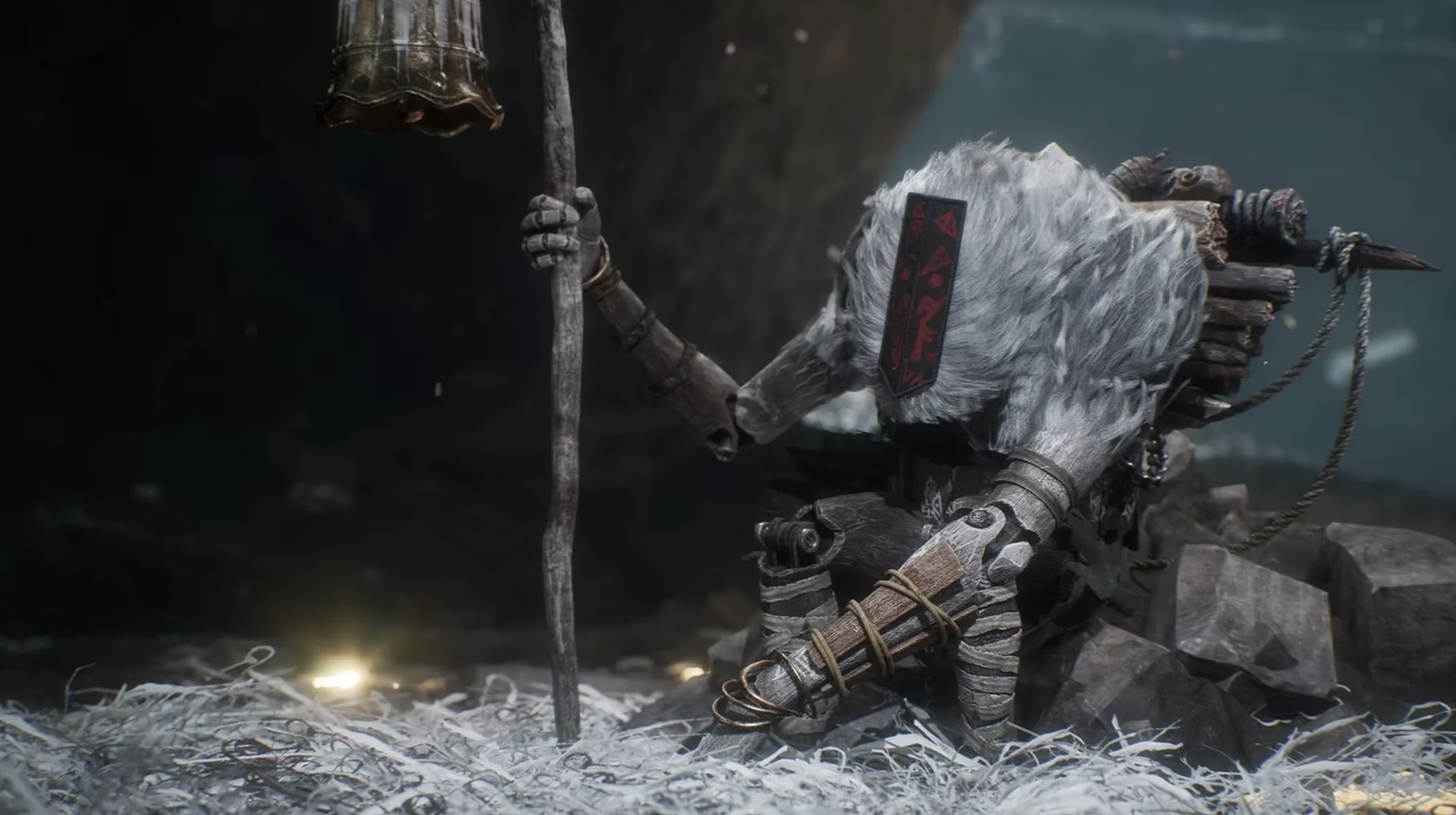
Inside the canvas, the oddly-articulate gestral fights with a stick, collecting bones to earn his power ups. Outside the canvas, we find the family pet resting by the fire — a dog named Monoco.
What follows is nothing but conjecture, and maybe I’m reading way too far into things, but… I’d wager Real Monoco likes to chew on bones and play with sticks.
When you find a new weapon in Clair Obscur, you don’t find "generic bronze sword number 233" like you might in Generic Open World RPG: The Video Game. You find weapons that suggest Verso’s death, like Abysseram and Corpeso, or that imply his inversion of Gustav, like Dualiso. You unlock Stendhal on the skill tree and have something important and plot-relevant about Maelle revealed to you subtly.
It’s all there. It always has been.
Clair Obscur Has Prescient Lyricism
It doesn’t stop at the gameplay, either. Clair Obscur’s music hums in all the same harmonies that we’ve examined thus far. One need only look at the lyrics to the tunes that guide our journey to see the evidence.
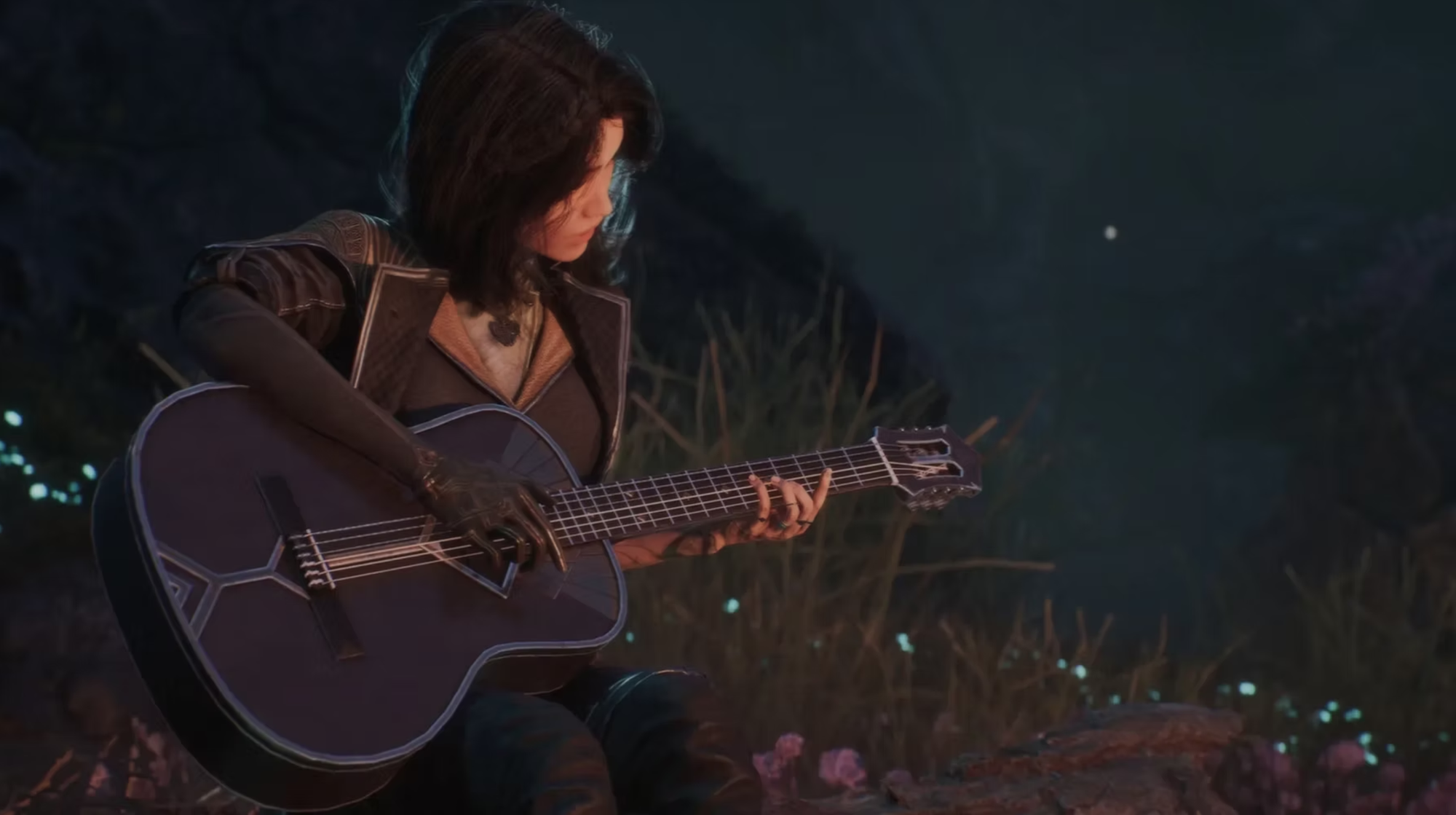
Take Une vie à t’aimer, which features Renoir and Aline quite literally talking to each other.
Aline: Arrete de m’aimer (Stop loving me)
Renoir: Je t’aimerai roujours (I will always love you)
Lache ce pinceau, quitte cette toile (drop this brush, leave this canvas)
Aline: Je peindrai toujours (I will always paint)
I’ll have to cut myself short; I could put every lyric of this song in this article , as it’s a painstaking and heartfelt window to Aline’s soul whose instruments fall and crescendo along with her passions and grief.
Instead, we could look at Lumière s’éteint, the slam-poésie (slam poetry) spoken word ballad that interrupts your curiosity at White Sands. This song describes the gommage.
Les petals d’iris envahissent les rues du jour decrinant / muet complices du clair obscure vacille, nuance de chagrin / ils dansant autour des heures littorales, eclipses, florals,Iris petals invade the streets of the waning day / A drifting haze of trembling chiaroscuro / Shades of sorrow dance around the shore-bound hours / A floral eclipse / Lumière fades
Even the dim dim das of Lumière feature hidden meaning when heard in your native tongue, describing the effects of the fracture and the nature of the world itself.
Clair-Obscur, trouble de rature courbera Eiffel / Chiaroscuro, a blurred erasure will bend the Eiffel’s spine
Clair-Obscur, guardeo peinture, trouvera sans elle / Chiaroscuro, I watch over the painting, yet find it on my own
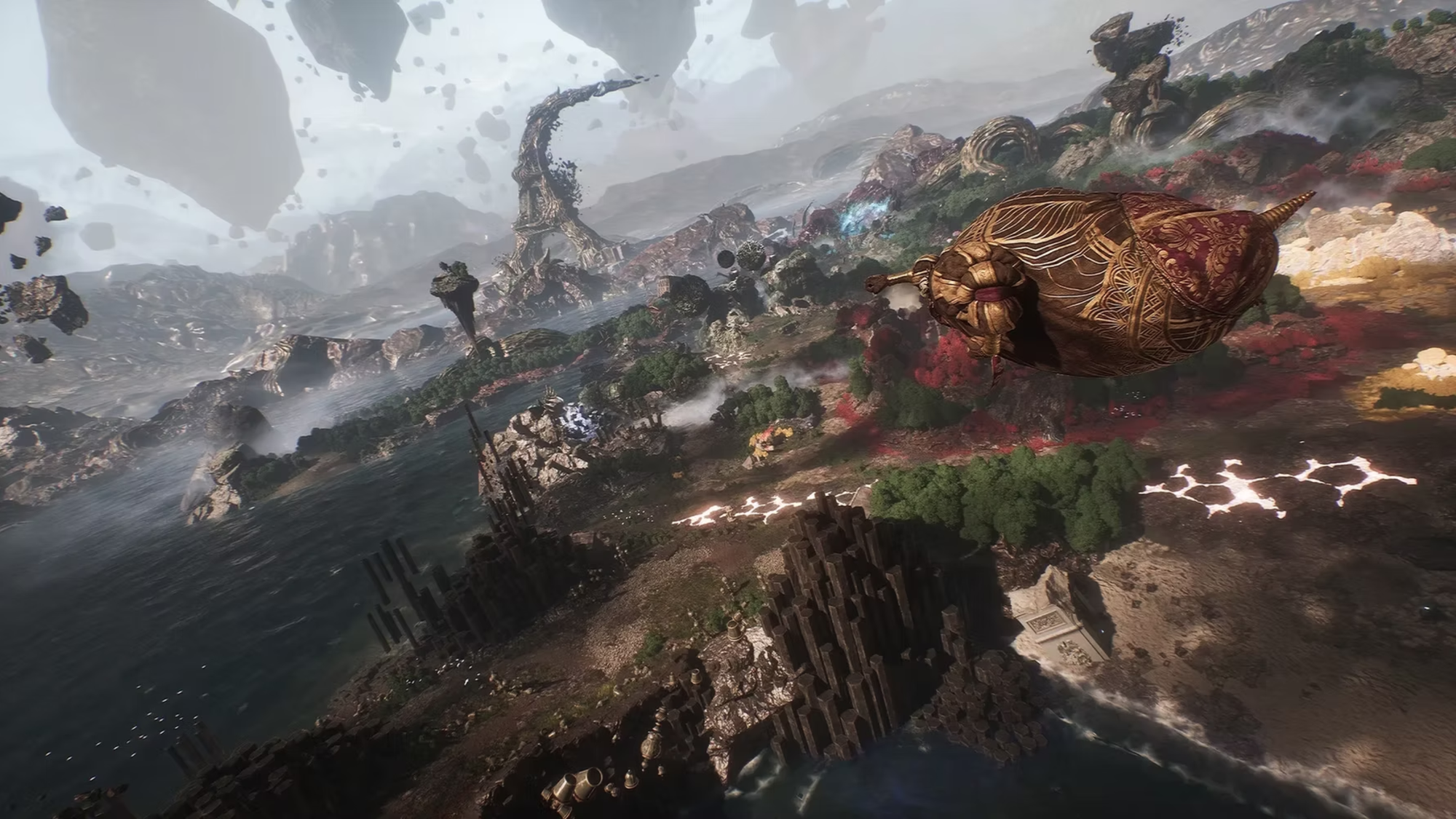
He didn’t create hype music for the exciting parts and sad music for the grief-stricken parts. He delved into the essence of the writing and characters and built something around that framework.
Lastly, in the Prologue when the gommage arrives, the track that plays over the scene is Renoir’s theme — because, of course, Renoir is really the one bringing the gommage.
It’s no wonder this aspect of the game leans so heavily into the story — just listen to the game’s lead composer, Lorien Testard, describe how he works.
“We looked for a really long time at character concept art and the script. I built my vision of these characters and then started building the song … I spent a lot of time to be in front of the concept art and let ideas come. Sometimes I compose with the art on my second screen and I see the song in my mind.”
He didn’t create hype music for the exciting parts and sad music for the grief-stricken parts. He delved into the essence of the writing and characters and built something around that framework. Thus, he captured the story in his audio.
You don’t always see these things outright on your first playthrough, but you can feel them culminating in the background as the narrative builds.
The Team Behind the Scenes
This comes directly from the developers, from a group of people who were in sync from day one and never faltered.

This isn’t a combat design team that worked separately from the narrative team, who also worked separately from the RPG mechanics team. No one was siloed, blocked off by layers of bureaucracy and management. This is a studio that worked as one, in complete and total unison, all aligned on one goal — to tell the story of the Dessendre family’s grief in every aspect of the medium that was available to them. To use the art form to create art.
As a result, Clair Obscur is complete. The entire game is in sync with itself. From the environmental design to the music to the gameplay, every segment of the team used their place in the development cycle to support the mission. No aspect of Clair Obscur lacks the game’s narrative unity.
Many games can boast the vague accolade of being more than the sum of their parts. But few have the secret sauce. Few have that special something, that extra 5%, that elevates them to an untouchable status of game design excellence.
For something like Bloodborne, you could point to its atmosphere. For The Elder Scrolls you could mention the game’s lore and worldbuilding. For God of War, we point to the brilliant, human narrative between father and son.

For Clair Obscur, it is less tangible.
It’s an interconnectedness, a oneness that drives everything it does. It is in the game’s cohesion that it achieves greatness, in its harmonies that it truly sings, and in its complementariness that it paints.